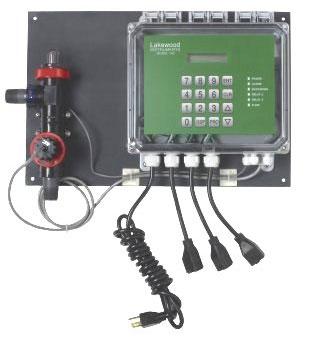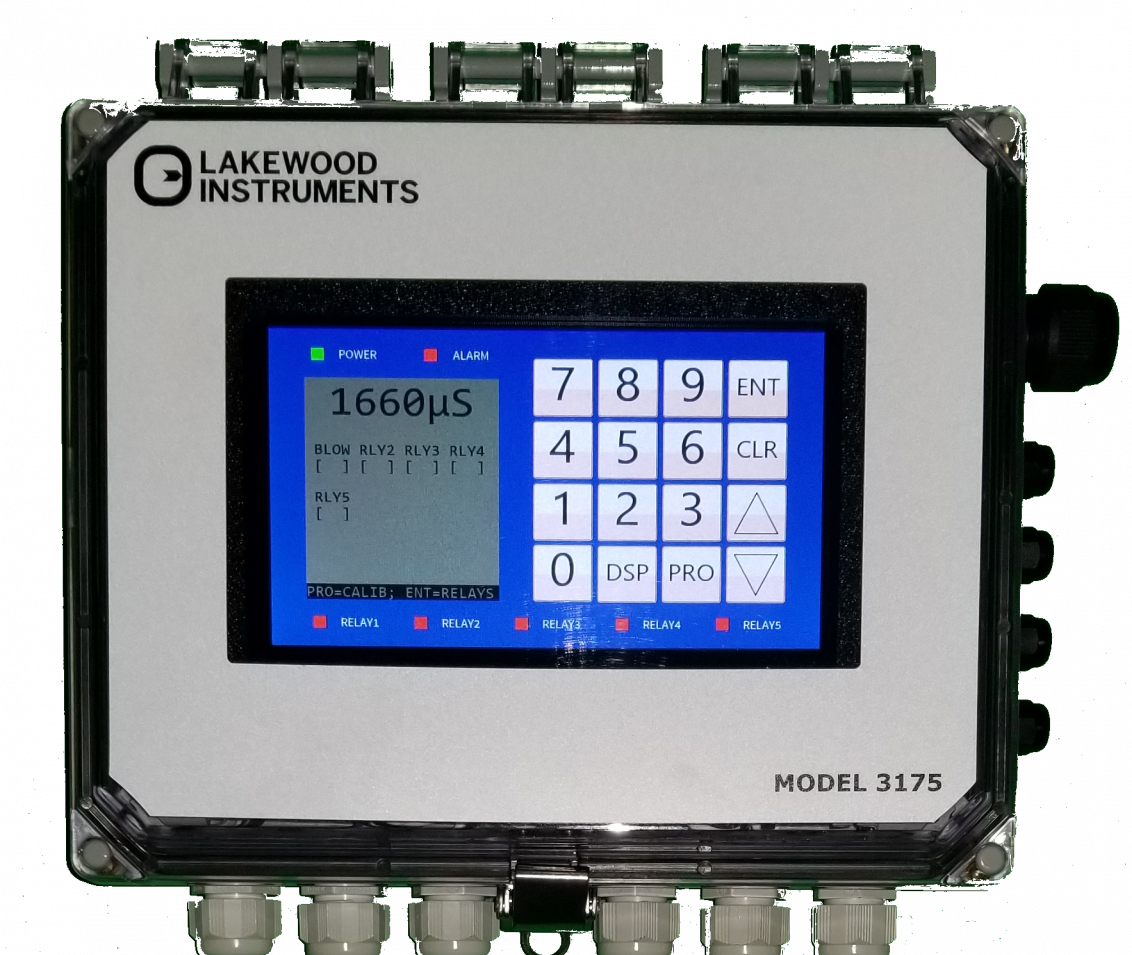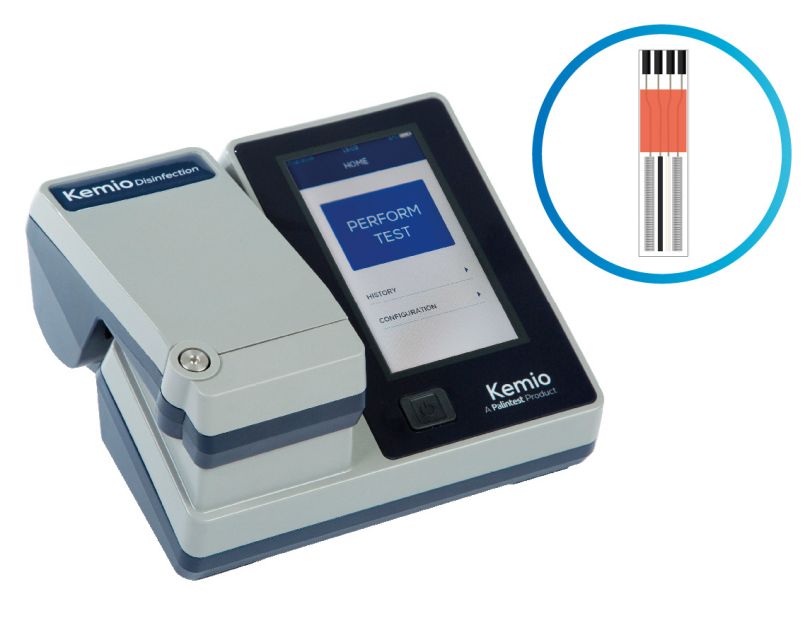The Correct Way To Do Boiler Bottom Blowdown
May 31, 2017 0 Comments

Proper boiler blowdown is an essential part of firetube boiler operating proceedures. It is necessary to control the amount of TDS (total dissolved solids) in the boiler water.The total TDS should not exceed 3500 parts per million in a scotch marine boiler. If the blowdown is not controlled, excessive dissolved solids will have a tendency to increase and concentrate to a point that will cause a foaming or a carry over condition which will contaminate the steam.
High concentrations of TDS in firetube boilers have a tendency to collect as SCALE on the heat transfer surface. Scale is an excellent insulator and its collection on the heat transfer surfaces of a boiler reduces the efficiency of the boiler. Scale thickness between 1/50 of an inch to 1/9 of an inch depending on the type of carbonates or sulfates present can reduce boiler efficiency between 3.5% to 16%. As you can tell just a small amount of scale build up can cost thousands of dollars a year on fuel costs.
Boiler blowdown frequency and duration is recommended by the water treatment contractor and can be accomplished either manually or automatically or both. Manual blowdown involves the operating personnel opening the boiler blowdown valves for a predetermined length of time at proper intervals. Automatic blowdown can be accomplished by many means. The most common method is the use of a surface blowdown skimmer attached to a calibrated blowdown valve which permits a continuous preset amount of boiler water to be blown down.
Proper blowdown rate can be easily figured when two factors are known. It is necessary to know the TDS in the feedwater and the amount of makeup water the boiler is using. The amount of TDS in the feedwater can be determined from a water analysis. The quantity of make up water is determined by installing a water meter in the make up water supply line that serves the feedwater unit. The correct amount of boiler blowdown, as a percentage of feedwater can be figured with the following formula.
TDS in feedwater / 3500-TDS in feedwater X 100. For example if the TDS in the feedwater = 200 divide this by 3500-200 or (3300) the result is .06 the multiply .06 X 100 for the amout of 6% of makeup water for proper boiler blowdown. I hope this is clear as the mud you will now be removing from your boilers.
NOTE: Because of the many variations of boiler plants, boiler, valves, pumping systems, and control systems proper maintenance of these systems should follow manufacturer’s recommendations and federal, state, and local laws that govern these proceedures. Boilers and Boiler maintenance can be dangerous and should only be preformed by Boiler professionals that have the proper training. When in doubt defer to the Boiler manufacturer.
Also in Blog

Advanced Cooling Tower Management: Enhancing Efficiency with Lakewood Model 140
February 28, 2024 0 Comments

Optimizing Cooling Tower Performance: Understanding Efficiency, Maintenance, and Water Quality Management
February 28, 2024 0 Comments

Revolutionizing Water Analysis: Everything You Need to Know About the Kemio KEM10DIS
April 19, 2023 0 Comments

